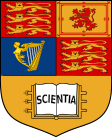
Imperial College London (Imperial) is a public research university in London, England. Its history began with Queen Victoria's husband, Prince Albert, who envisioned a cultural area in South Kensington that included museums, colleges, and the Royal Albert Hall. In 1907, these colleges – the Royal College of Science, the Royal School of Mines, and the City and Guilds of London Institute – merged to form the Imperial College of Science and Technology.
The Royal College of Science is a higher education institution located in South Kensington; it is a constituent college of Imperial College London from 1907 until it was wholly absorbed by Imperial in 2002. Still to this day, graduates from the Faculty of Natural Sciences at Imperial College London receive an Associateship to the Royal College of Science. Organisations linked with the college include the Royal College of Science Union and the Royal College of Science Association.

King's College London is a public research university located in London, England. King's was established by royal charter in 1829 under the patronage of King George IV and the Duke of Wellington. In 1836, King's became one of the two founding colleges of the University of London. It is one of the oldest university-level institutions in England. In the late 20th century, King's grew through a series of mergers, including with Queen Elizabeth College and Chelsea College of Science and Technology, the Institute of Psychiatry, the United Medical and Dental Schools of Guy's and St Thomas' Hospitals and the Florence Nightingale School of Nursing and Midwifery.
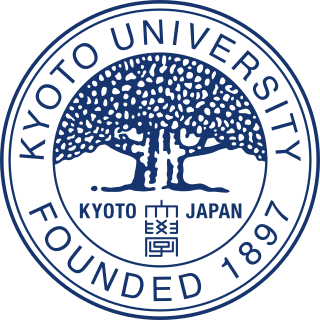
Kyoto University, or KyotoU, is a national research university located in Kyoto, Japan. Founded in 1897, it is one of the former Imperial Universities and the second oldest university in Japan.
Trinity College of Arts and Sciences is the undergraduate liberal arts college of Duke University. Founded in 1838, it is the original school of the university. Currently, Trinity is one of five undergraduate degree programs at Duke, the others being the Edmund T. Pratt School of Engineering, Nicholas School of the Environment, School of Nursing, and Duke Kunshan University.
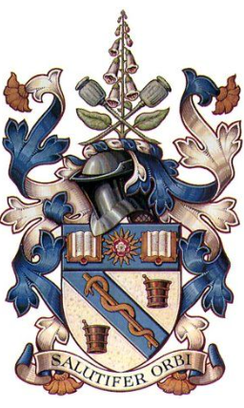
The UCL School of Pharmacy is the pharmacy school of University College London (UCL). The School forms part of UCL's Faculty of Life Sciences and is located in London, United Kingdom.
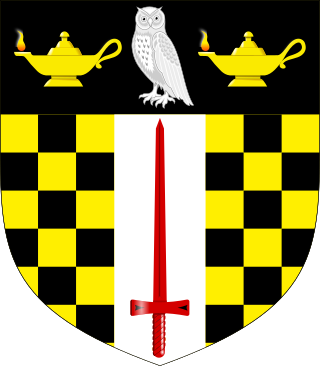
Birkbeck, University of London, is a research university located in Bloomsbury, London, England, and a member institution of the University of London. Established in 1823 as the London Mechanics' Institute by its founder Joseph Clinton Robertson and its supporters Sir George Birkbeck, Jeremy Bentham, J. C. Hobhouse and Henry Brougham, Birkbeck is one of the few universities to specialise in evening higher education in the United Kingdom.

The Royal College of Science Union (RCSU) is a student union and science outreach organisation at Imperial College London which represents over 3,000 students in the university's Faculty of Natural Sciences. It manages the student societies for the departments of Mathematics, Physics, Chemistry, Biochemistry, and Biology. The RCSU runs Science Challenge, a national science communication competition, and publishes the Broadsheet science magazine.

The Royal College of Science and Technology was a higher education college that existed in Glasgow, Scotland between 1887 and 1964. Tracing its history back to the Andersonian Institute, it is the direct predecessor institution of the University of Strathclyde. Its main building on George Street now serves as one of the major academic and administration buildings of the University of Strathclyde.
Imperial College School of Medicine (ICSM) is the undergraduate medical school of Imperial College London in England and one of the United Hospitals. It is part of the college's Faculty of Medicine and was formed by the merger of several historic medical schools. Its core campuses are located at South Kensington, St Mary's, Charing Cross, Hammersmith and Chelsea and Westminster. The school ranked 4th in the world for medicine in the 2024 Times Higher Education World University Rankings.
Imperial College Business School is the graduate business school of Imperial College London. The business school was established in 2003 and officially opened by Queen Elizabeth II. The school fosters an entrepreneurial culture by integrating business disciplines with a science-based curriculum. It offers a range of courses, including MBA programmes, Master's programmes, PhD programmes, and executive education. According to the 2023 QS MBA Rankings, Imperial's MBA programme is ranked third in the world for career specialisation in entrepreneurship. In the 2021 Research Excellence Framework, the business school is ranked second in the UK for business and management studies.

The University of Mazandaran is a public university located in the Mazandaran province of Iran, headquartered in the city of Babolsar. Currently the largest state higher education center in northern iran, it had formerly consisted of a number of tertiary education centers beginning in 1970. In 1979 the centers were officially merged to form what is now known as the University of Mazandaran.

The Faculty of Engineering is one of four faculties of Imperial College London, in London, England. Imperial's Faculty of Engineering was formed in 2001, from two of the universities constituent colleges - the Royal School of Mines and City and Guilds College. The faculty is ranked as the top engineering institute in the UK in the 2021 Research Excellence Framework.
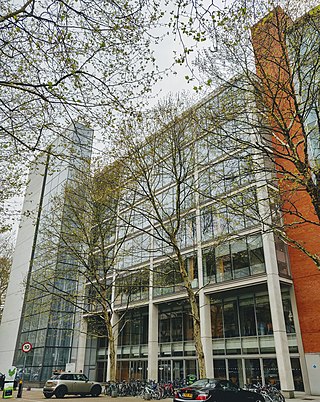
The Faculty of Medicine is the academic centre for medical and clinical research and teaching at Imperial College London. It contains the Imperial College School of Medicine, which is the college's undergraduate medical school.
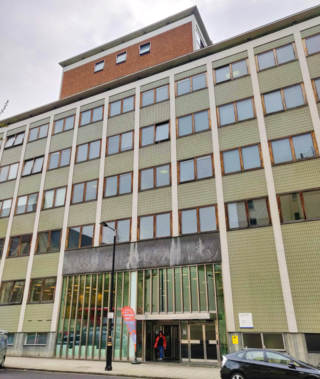
The Blackett Laboratory is part of the Imperial College Faculty of Natural Sciences and has housed the Department of Physics at Imperial College London since its completion in 1961. Named after experimental physicist Patrick Blackett who established a laboratory at the college, the building is located on the corner of Prince Consort Road and Queen's Gate, Kensington. The department ranks 11th on QS's 2018 world university rankings.

The Department of Chemistry is responsible for chemistry teaching and research at Imperial College London. The department is one of the largest in the UK with around 63 academic staff, 10 teaching fellows, 95 postdoctoral research scientists and research fellows and 1150 students, including 240 PhD students, 150 MRes students and around 750 students studying undergraduate courses. This community is further supported by over 45 support and administrative staff. The department is based across two sites.

The Department of Chemical Engineering, Imperial College London is the centre of teaching and research in chemical and process engineering at Imperial College London, occupying the Aeronautics and Chemical Engineering Extension (ACEX), Bone and Roderic Hill buildings, on the South Kensington campus. Formally inaugurated in 1912, the department has over 40 faculty members, 100 postdoctoral researchers, 200 PhD researchers, 80 taught postgraduates, and 500 undergraduates. The department ranks 7th on QS's 2018 world rankings.

The Department of Mechanical Engineering is responsible for teaching and research in mechanical engineering at Imperial College London, occupying the City & Guilds Building at the South Kensington campus. The department has around 45 faculty members, 600 undergraduates, and 250 postgraduate students. The department ranks 8th in the QS World University Rankings's 2018 table.

The history of Imperial College London can be traced back to the founding of the Royal College of Chemistry in 1845 in London, with some ancestral medical schools dating back to 1823. The college was formed in 1907 out of the royal colleges in South Kensington, and throughout the 20th century became central to the national strategy for technical education and research. It existed for most of its life as part of the University of London, only becoming independent in 2007.

The Abdus Salam Library is the main academic and research library of Imperial College London. The current library opened in August 1969, taking over from the original Lyon Playfair Library which had opened in 1959. The collection grew out of earlier libraries of the various departments and colleges, the oldest collection of which dates back to 1845. The Central Library is the largest of the 7 libraries at Imperial with its collection covering all of the college's research departments, forming the main reference library for the college. It is situated on Queen's Lawn next to Imperial College Road, and across from Queen's Tower.

















